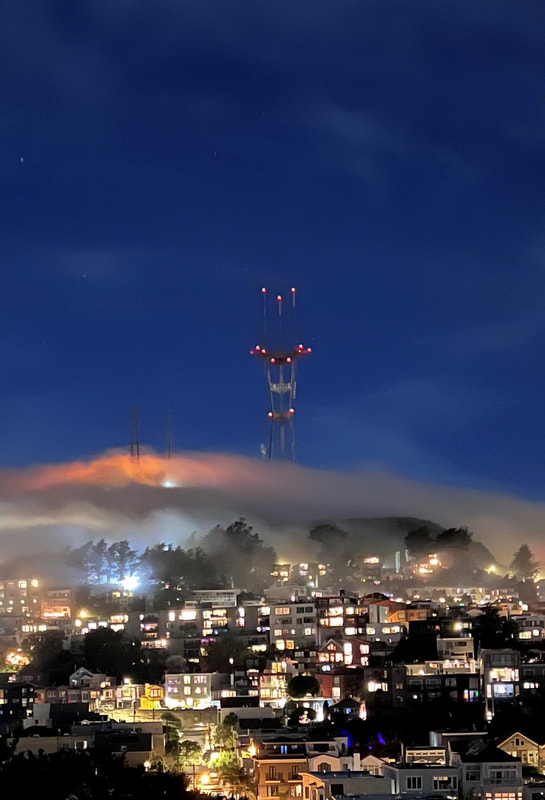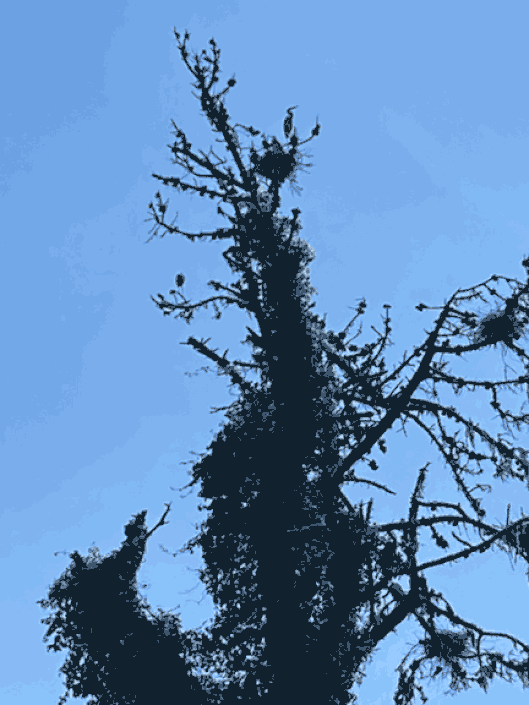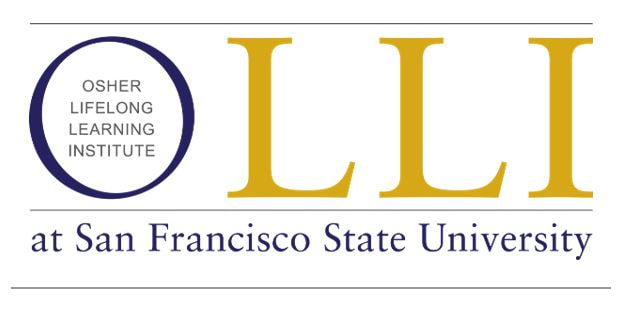IN THIS ISSUE |
|
Good Reading! - Weebly.com
|
Featured Writing Topic for This
|
Focus
|
|
Vistas & Byways Review is the semiannual journal of fiction, nonfiction and poetry by members of Osher Lifelong Learning Institute (OLLI) at San Francisco State University.
|
Vertical Divider
|
Osher Lifelong Learning Institute at San Francisco State University (OLLI at SF State) provides communal and material support to theVistas & Byways volunteer staff.
|




